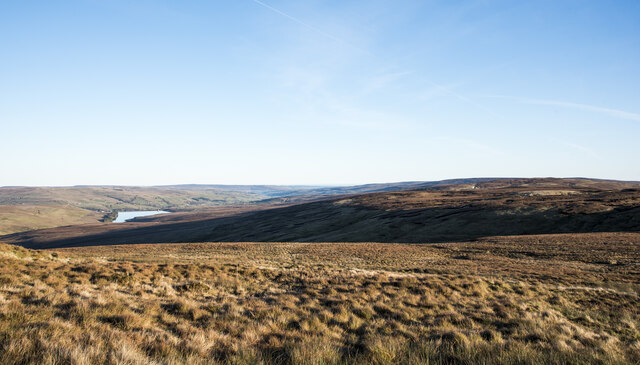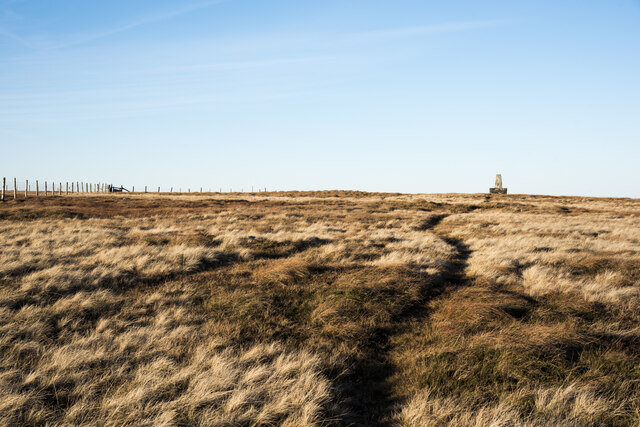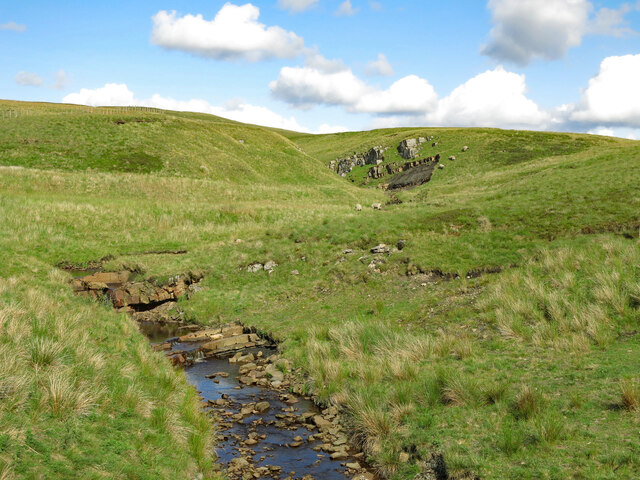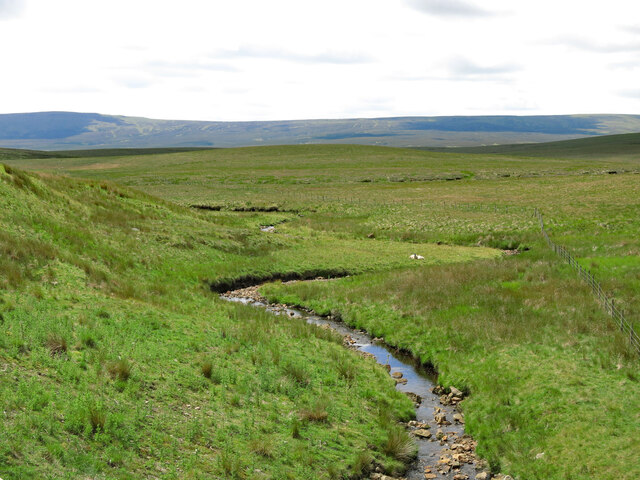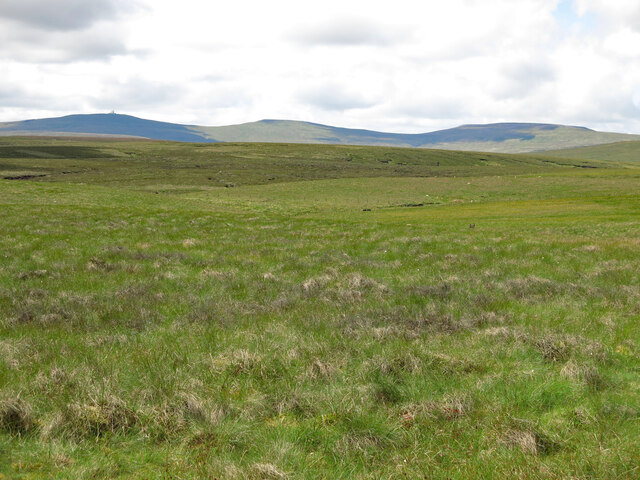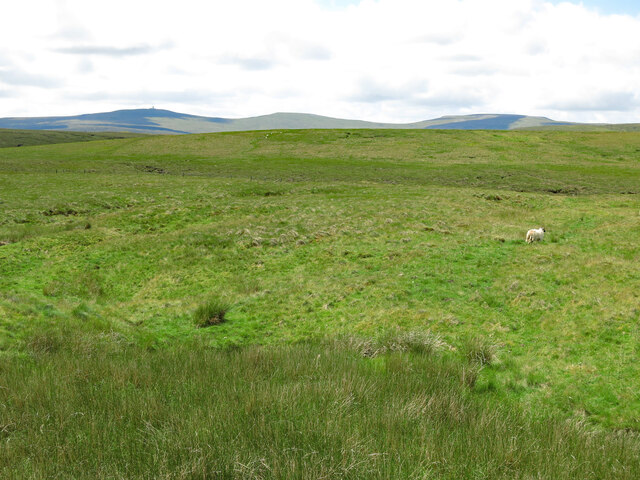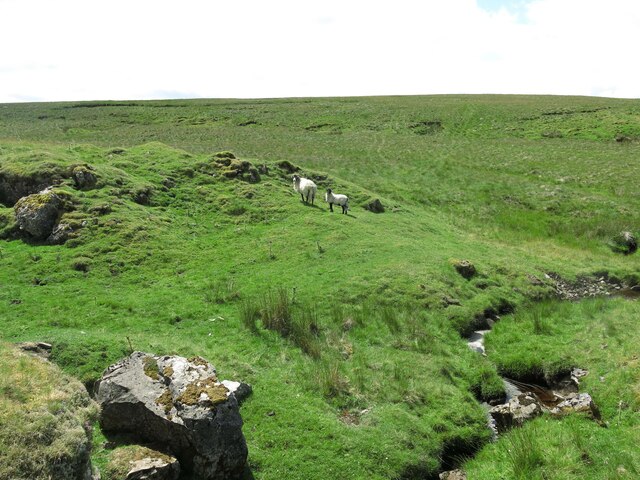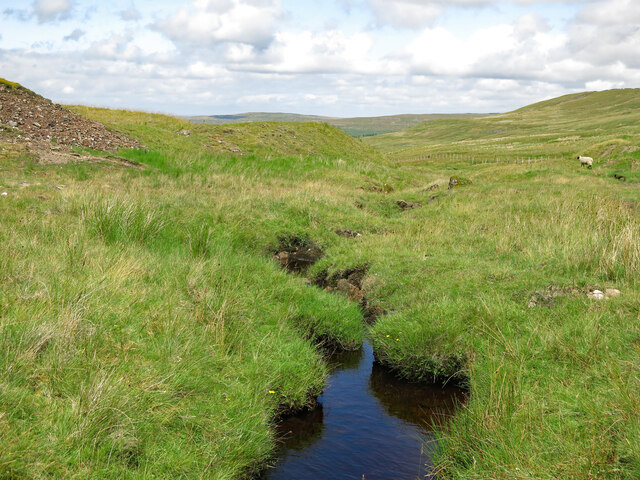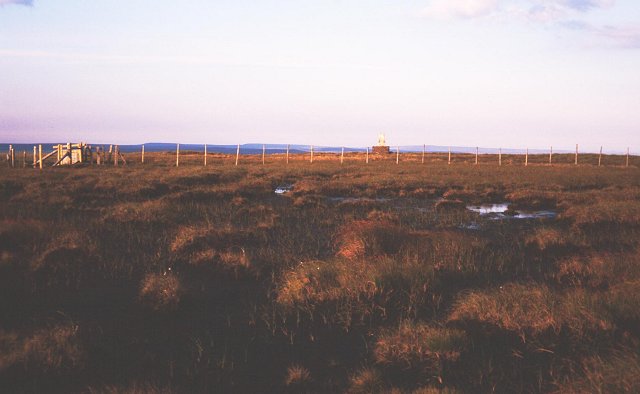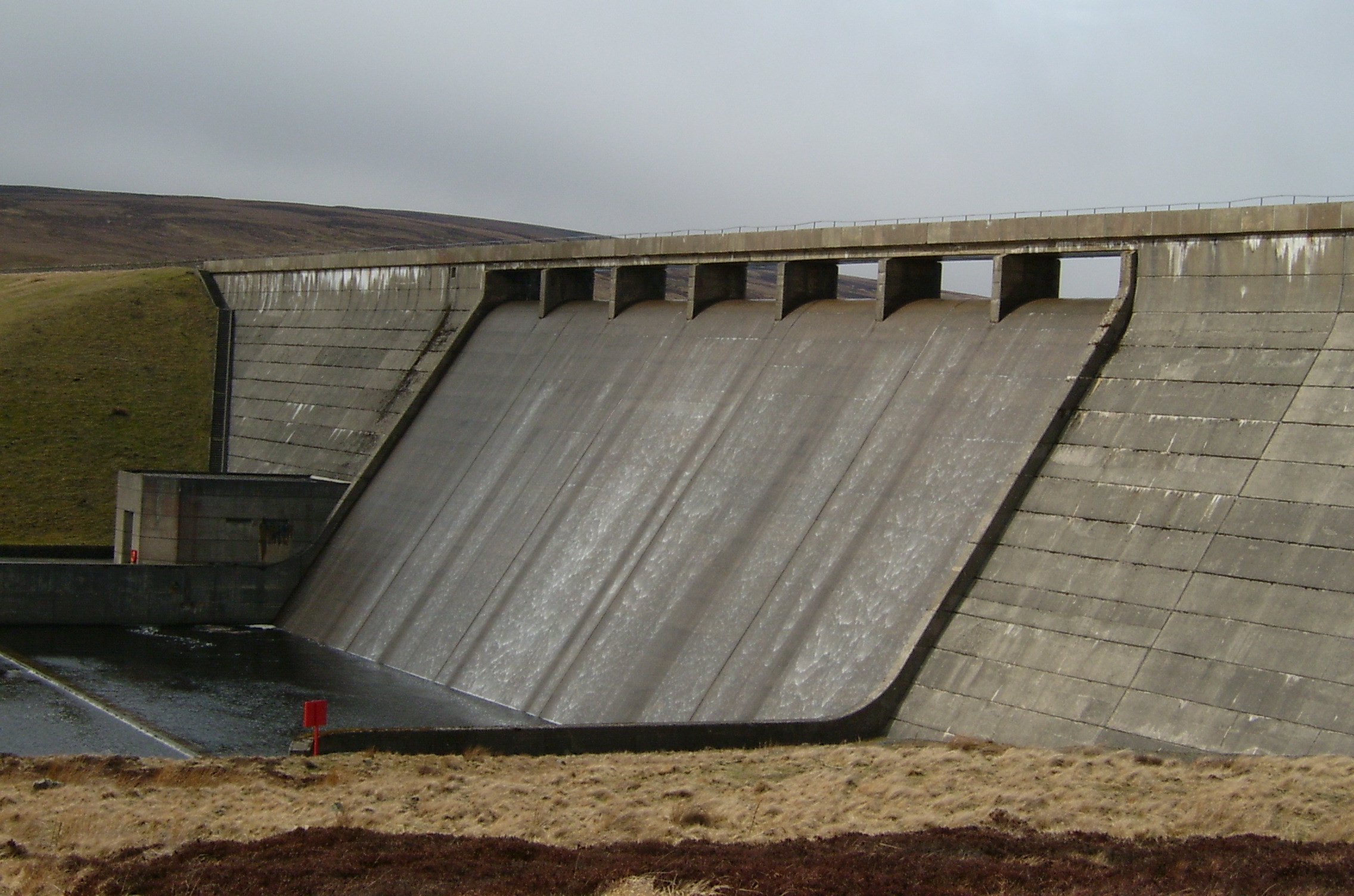Yad Moss
Downs, Moorland in Durham
England
Yad Moss

Yad Moss is a ski area located in the Durham Dales in North East England. Situated on the slopes of the Pennines, it offers skiing and snowboarding opportunities for visitors of all skill levels. The area is known for its picturesque moorland scenery and stunning views of the surrounding countryside.
Yad Moss has a total of five ski runs, ranging from beginner to advanced levels, as well as a ski lift to transport visitors to the top of the slopes. The ski area is typically open from December to April, depending on weather conditions, and offers a unique and challenging skiing experience for enthusiasts in the region.
In addition to skiing and snowboarding, Yad Moss also offers opportunities for walking, hiking, and bird watching in the surrounding moorland. The area is a popular destination for outdoor enthusiasts looking to explore the natural beauty of the Durham Downs.
Overall, Yad Moss provides a unique and scenic location for winter sports and outdoor activities in the North East of England, attracting visitors from near and far to enjoy its stunning landscapes and challenging slopes.
If you have any feedback on the listing, please let us know in the comments section below.
Yad Moss Images
Images are sourced within 2km of 54.715658/-2.3328518 or Grid Reference NY7835. Thanks to Geograph Open Source API. All images are credited.
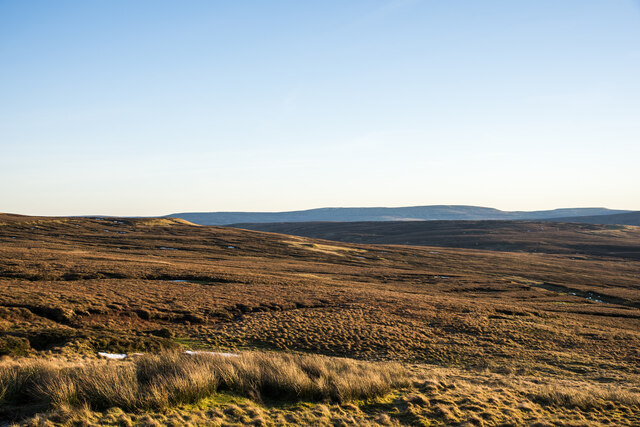
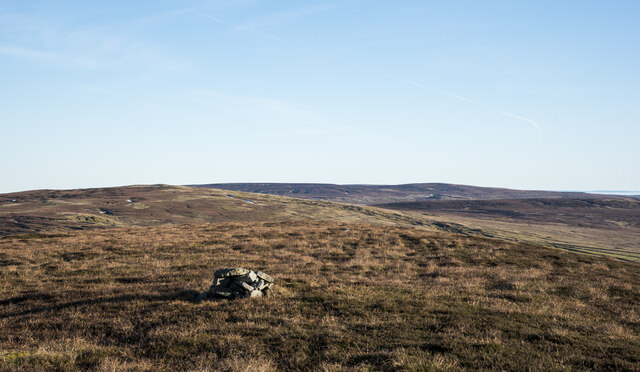
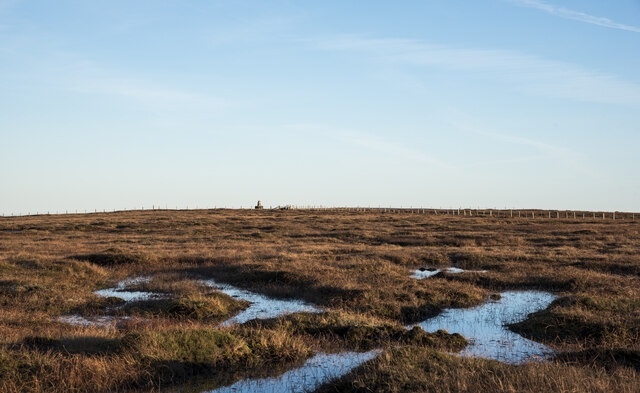
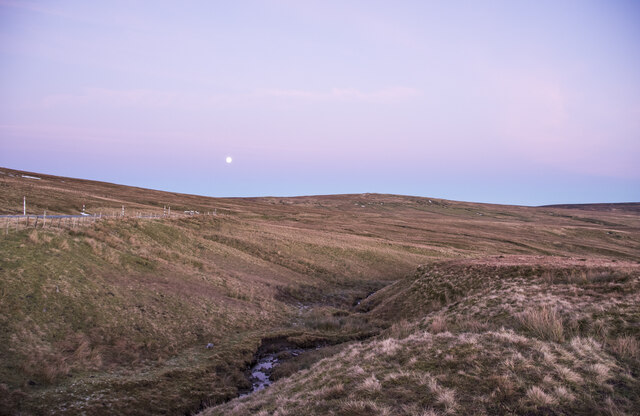
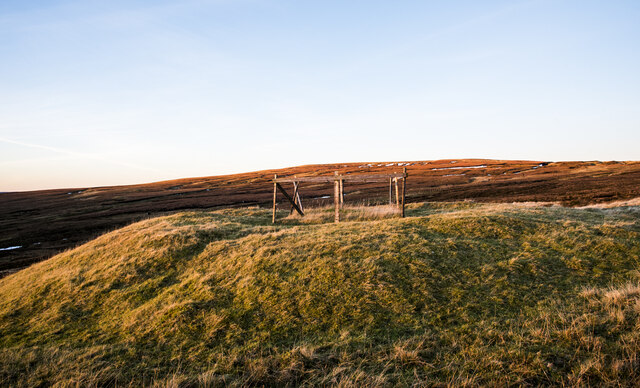
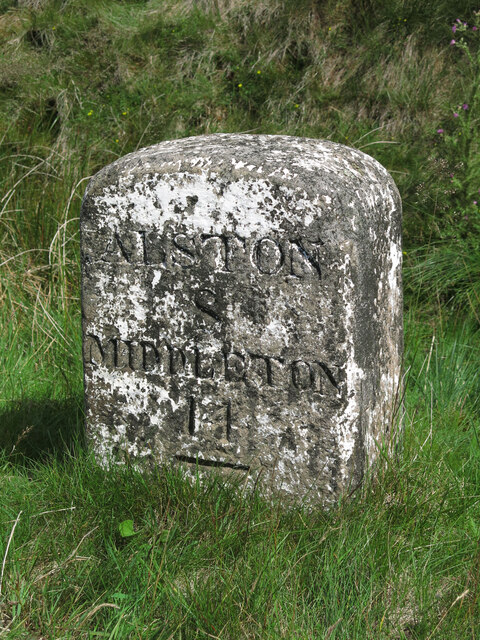
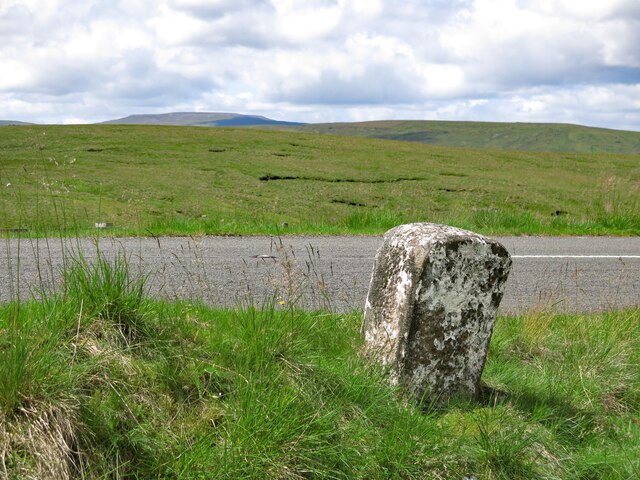
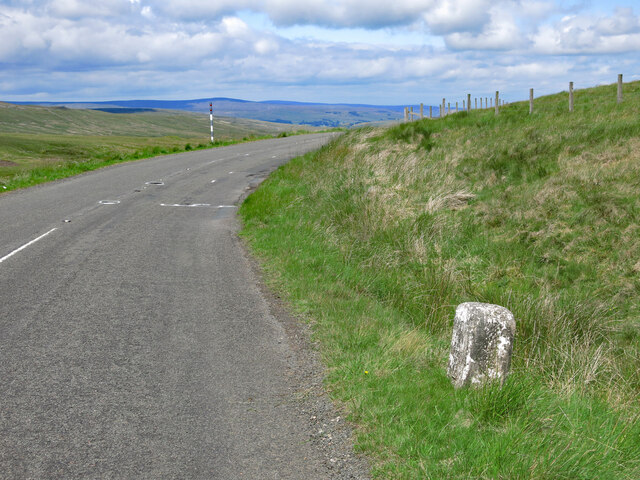
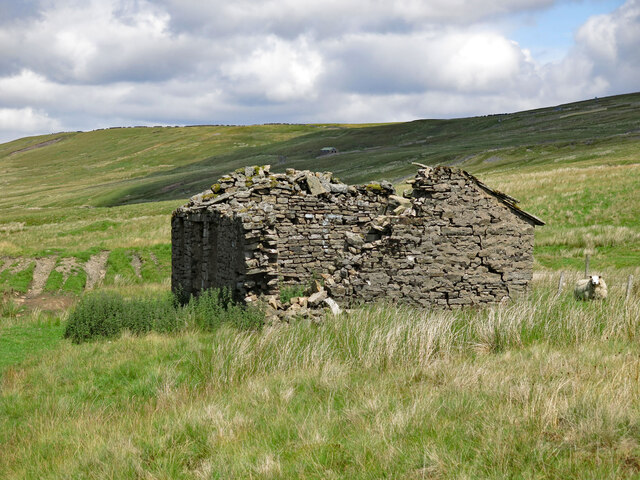
Yad Moss is located at Grid Ref: NY7835 (Lat: 54.715658, Lng: -2.3328518)
Unitary Authority: County Durham
Police Authority: Durham
What 3 Words
///crafts.economics.cheek. Near Alston, Cumbria
Nearby Locations
Related Wikis
Burnhope Seat
Burnhope Seat is a high moorland fell in the North Pennines Area of Outstanding Natural Beauty (AONB) in northern England. It lies between the heads of...
Moorhouse and Cross Fell
Moorhouse and Cross Fell is a Site of Special Scientific Interest covering an extensive area of moorland in the Wear Valley district of west County Durham...
Cow Green Reservoir
Cow Green Reservoir is a 2-mile (3 km) long water reservoir forming part of the border between the historic counties of Westmorland and County Durham in...
Ashgill Force
Ashgill Force is a waterfall near Alston, Cumbria, England. The fall is located on Ashgill Beck and is reasonably easily accessible from the B6277 (which...
Nearby Amenities
Located within 500m of 54.715658,-2.3328518Have you been to Yad Moss?
Leave your review of Yad Moss below (or comments, questions and feedback).
